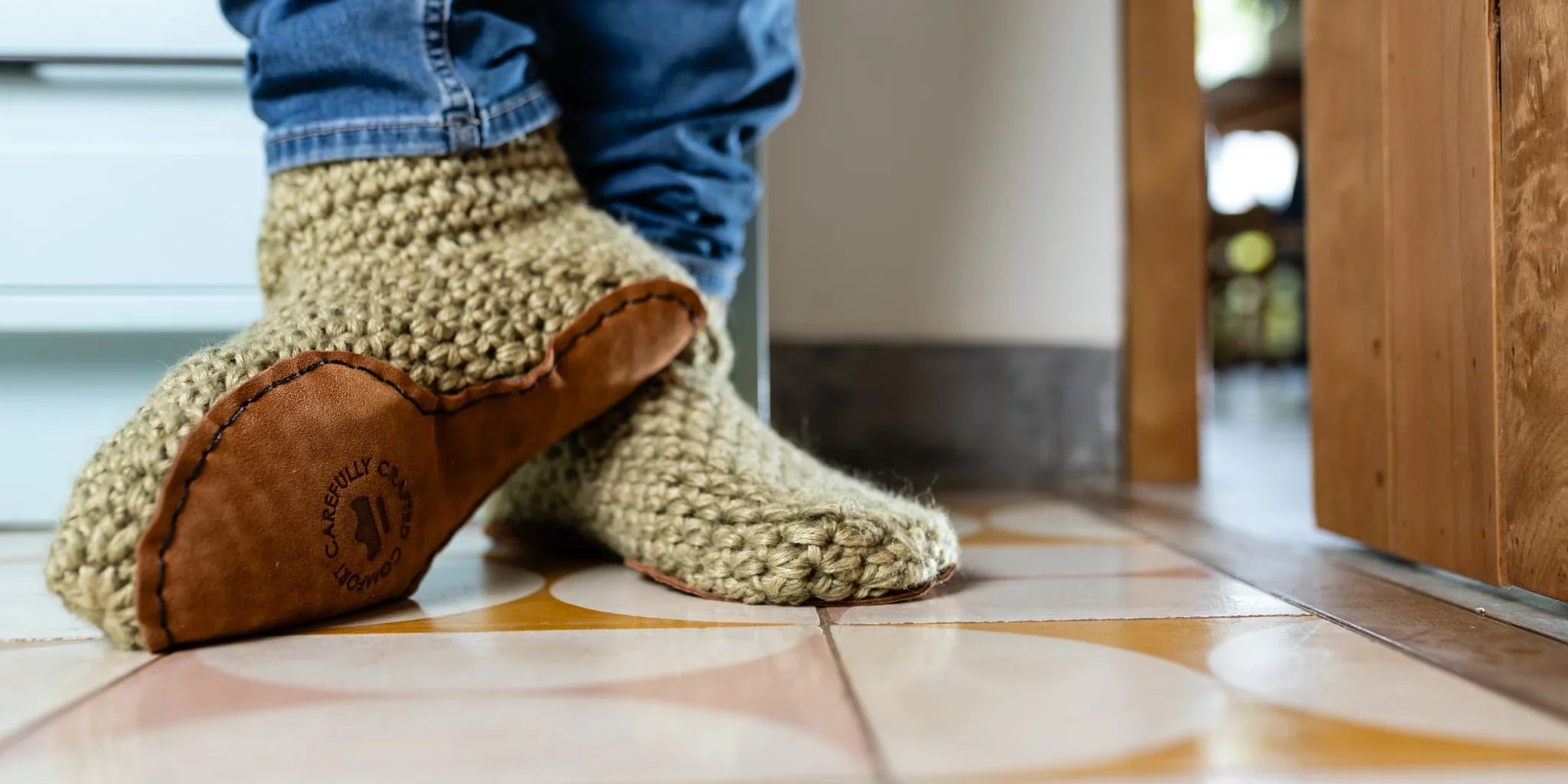Embracing Natural Movement and Foot Health
Barefoot footwear is designed to replicate the sensation of moving without shoes, while still providing protection from the elements. By removing many of the restrictive design elements found in conventional shoes, barefoot footwear helps restore the foot’s natural function and encourages healthier movement patterns.
Key Features of Barefoot Shoes
1. Wide Toe Box
Unlike narrow, tapered shoes that squeeze toes together, barefoot footwear offers a generous toe box that lets toes splay naturally. This improves balance, stability, and comfort—especially during long walks or active movement.
2. Zero Drop Sole
“Zero drop” means there’s no height difference between the heel and the forefoot. This flat profile encourages a more natural posture and stride, aligning your body from the ground up.
3. Flexibility and Freedom of Movement
Barefoot shoes are made from soft, pliable materials that move with your foot rather than against it. This allows for a full range of motion, helping strengthen foot and ankle muscles over time.
4. Thin, Minimalist Soles
Minimal sole thickness increases ground feel, letting you sense and respond to the surface beneath you. This heightened feedback can improve balance, agility, and connection to your environment.
5. Lightweight Build
Barefoot footwear is often significantly lighter than conventional shoes, reducing fatigue and making movement feel effortless—even over long distances.
Why It Matters
By combining these features, barefoot shoes encourage natural biomechanics, strengthen foot muscles, and help maintain long-term foot health. Whether you’re running, walking, or simply moving through your day, they’re a step toward more mindful and body-friendly movement.


